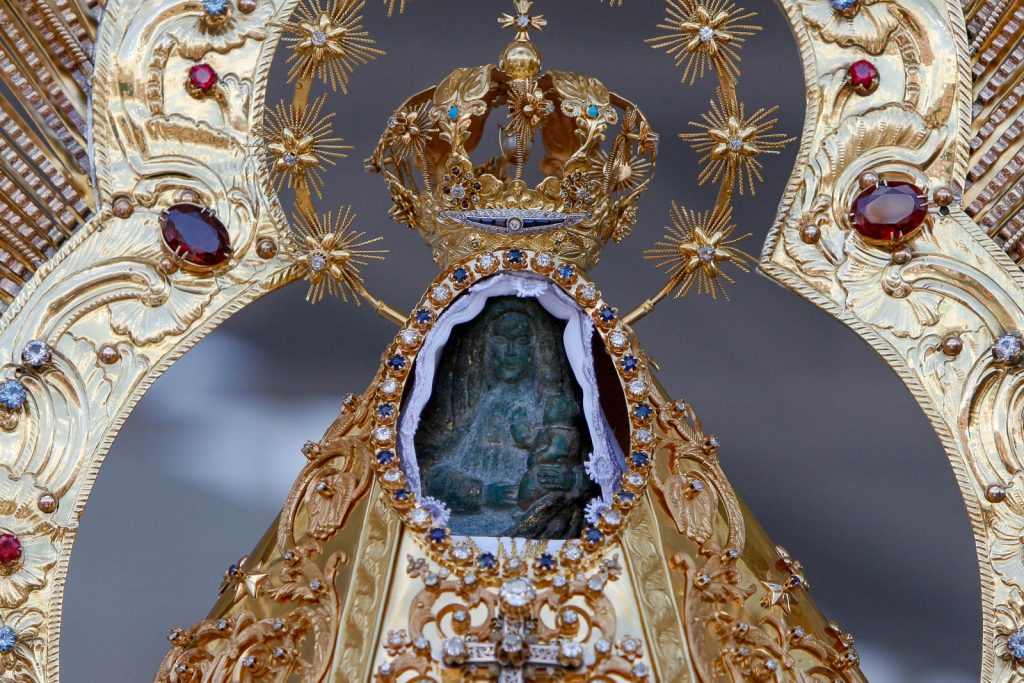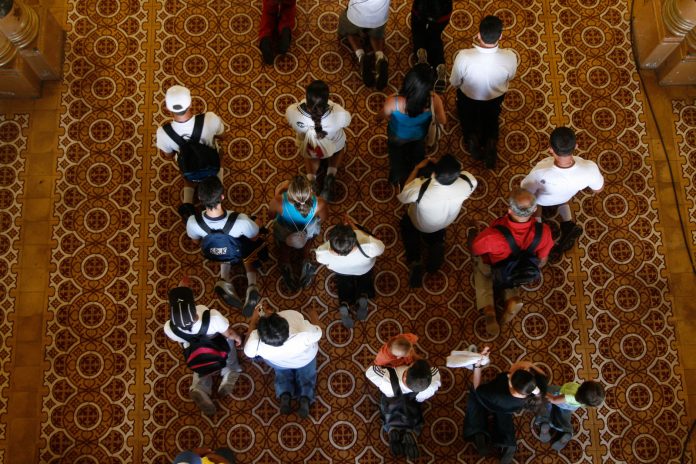I’m not Costa Rican. I’m practically agnostic. I have serious problems with the policies and leadership of the Catholic Church—but I love walking in Costa Rica’s annual pilgrimage.
Why? The short answer is that it’s fascinating. The massive river of people that forms in late July each year, a trickle mid-month that crescendos to a street-closing throng on August 1st, runs just steps away from my doorstep. And when hundreds of thousands of people pass this close to me as they walk for hours, days or even weeks to see a tiny stone figure of the Virgin Mary who is celebrated through a national holiday each year on August 2nd, I want to see it happen.
The long answer, I reflected as I walked five hours through the dark this year, is that one walk seems to capture so much of Costa Rica: the good, the bad, and the inscrutable.
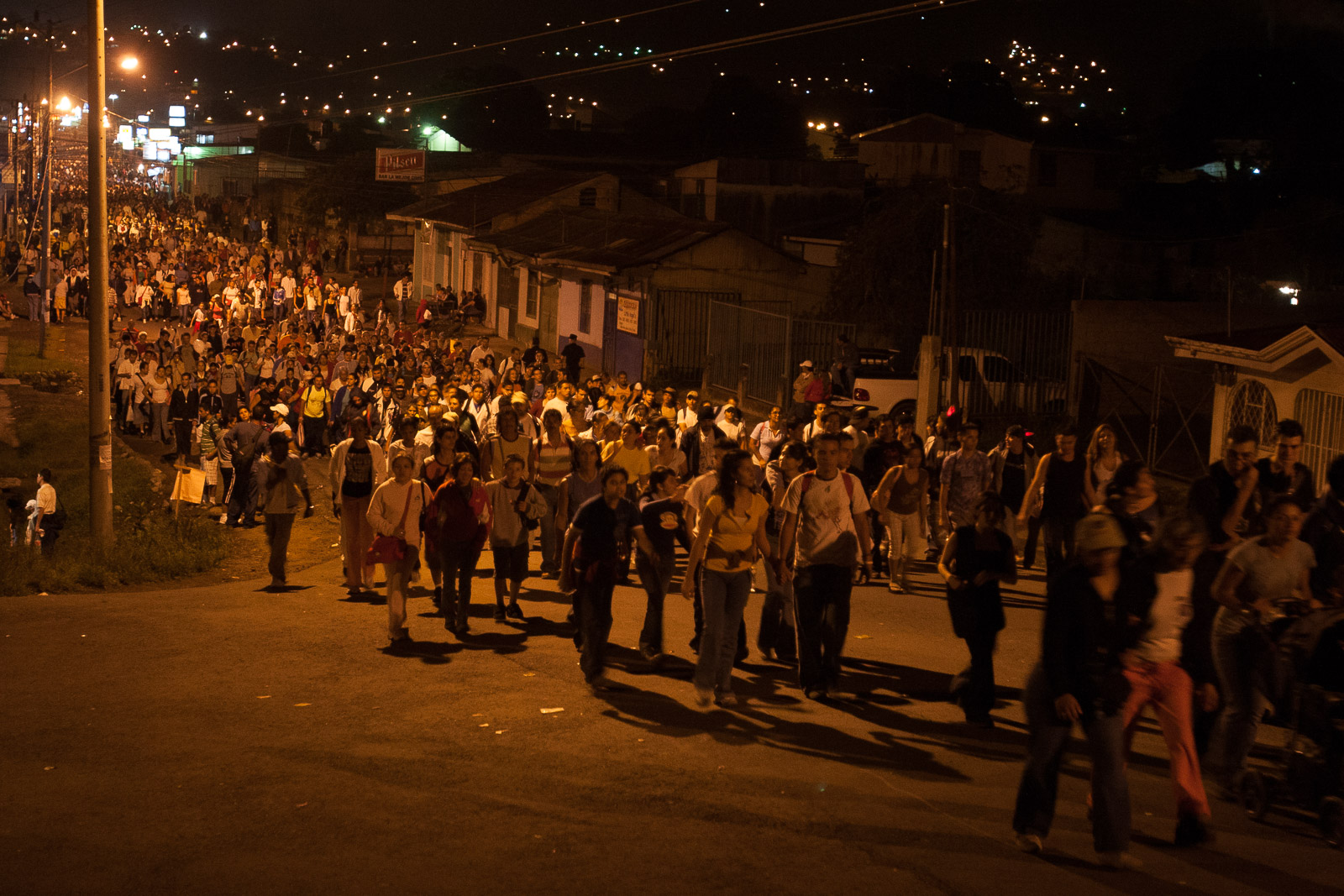
While the pilgrimage, or romería, is not a religious experience for me, I do use the trek as a chance to think about things I’m grateful for in a general sense. This year, I’m celebrating 18 years in Costa Rica, and the walk feels like a fitting tribute to that. It’s almost a “This Is Your Life” of urban Costa Rica. Little scenes flash in front of me, moments of brilliance in the night. I love the glimpses you get from the dark streets of bright doorways and living rooms, of faces turned towards the passing throng from inside, like one elderly woman who leans against a post on her patio in a checkered apron. Some of those households sell access to their bathrooms—this year, the going rate was 400 colones—as well as food, like most every restaurant and church on the route. The alternating smells of empanadas, endless pinchos on little grills, occasional pejibayes in their steaming water, crispy chicken under lightbulbs, agua dulce and café con leche, all make me feel at home in this place where I’ve now lived much longer than any other in my life. Even the feeling of being an outsider, an interloper, now fits me like a glove.
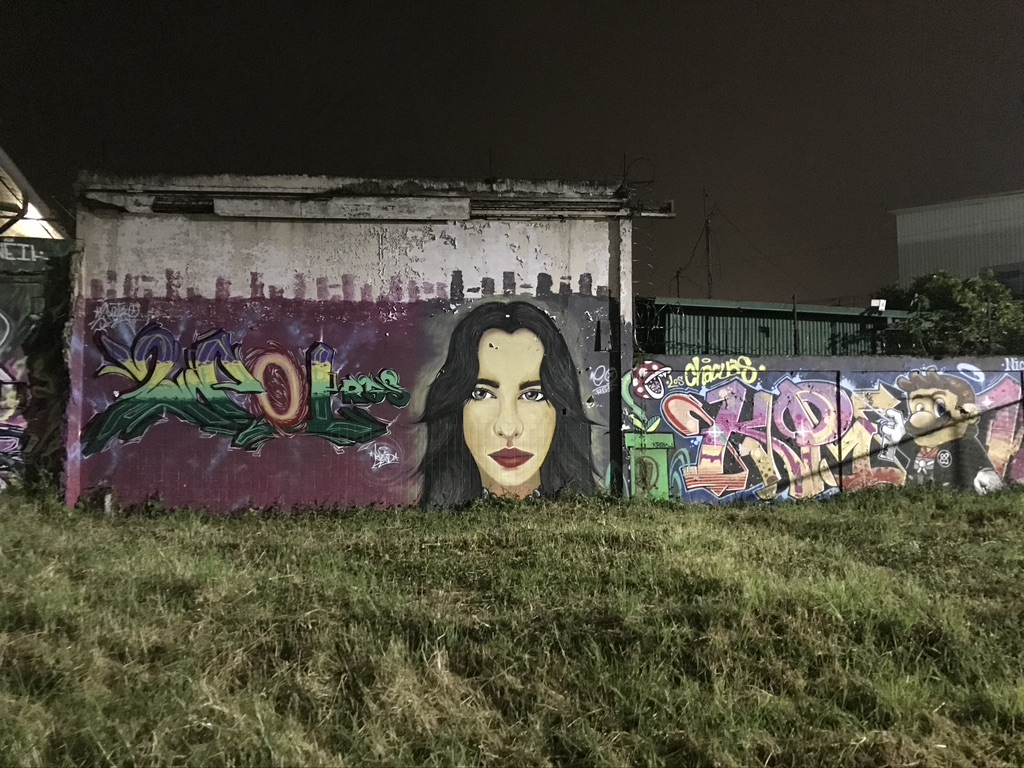
Two traffic policemen survey the crowds with somber authority while also sucking on lollipops. A priest sprinkles holy water on those who pass. A blind man taps his cane along the highway as cars whiz by in startling proximity and his companions hold onto his shoulders. People sport everything from jeans to pajamas, bare feet to fancy athletic gear, which may or may not be ridiculous depending on how far they’ve come. In a way, it’s a judgment-free zone in terms of people’s attire and degree of exhaustion. You can never tell if someone just popped out of their house for a 5K stroll, or started walking in Los Chiles.
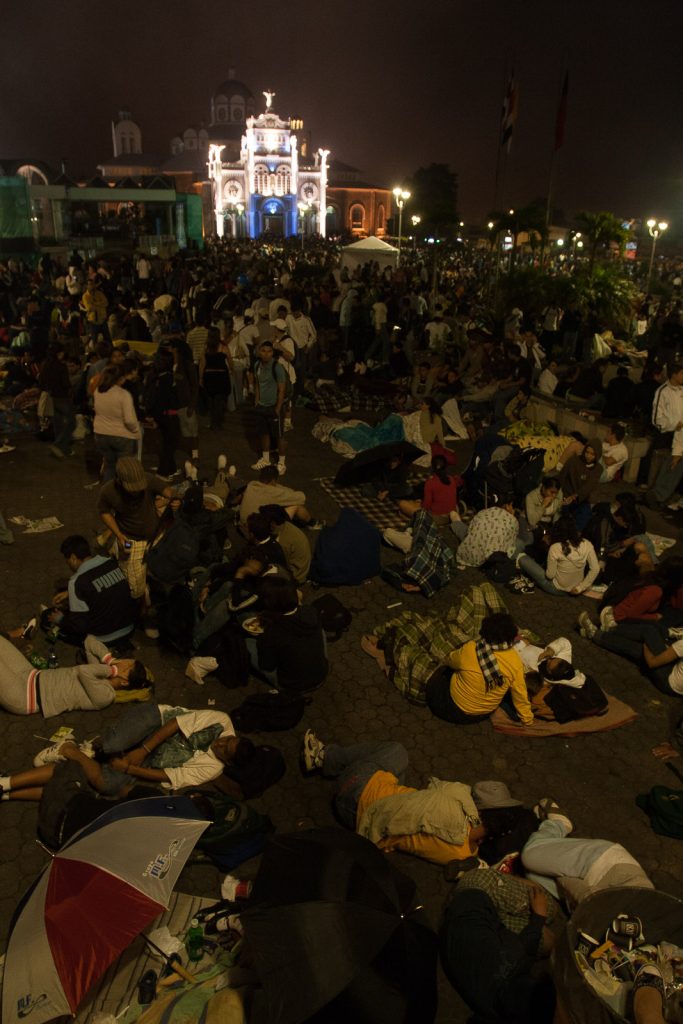
The romería was one of the first adventures I undertook with my husband when we were still figuring each other out. It led to many more, including parenthood. This year we took our nine-year-old daughter for the first time. While she’s an old hand at long city walks, she’s highly dubious of this plan to trek for hours to a destination we’ve visited many times through the magic of modern transportation; at one point I hear her mutter, “I better get something out of this.” As I suspected, however, she quickly finds that she likes skipping and chatting her way through the cool evening.
The stretch from Taras to the Basílica is always so much longer than you expect, and then, just when you think your feet might disintegrate into one of the puddles you’re tramping through, you’re there. Never have I appreciated the Church’s mastery of theatrics, its time-honed stagecraft, more than at the end of that walk. It’s one thing to stroll into a church fresh from a bus or car ride; it’s something else entirely to enter it after five hours walking through the dark. The music, incense and colors of the structure seem overwhelming, all reaching their peak in the glittering gold that surrounds this most humble of destinations, the tiny stone statue of the Virgin that all these people have come to see. I look around me and think: this is what it used to feel like to walk into a church. This is what some people still see.
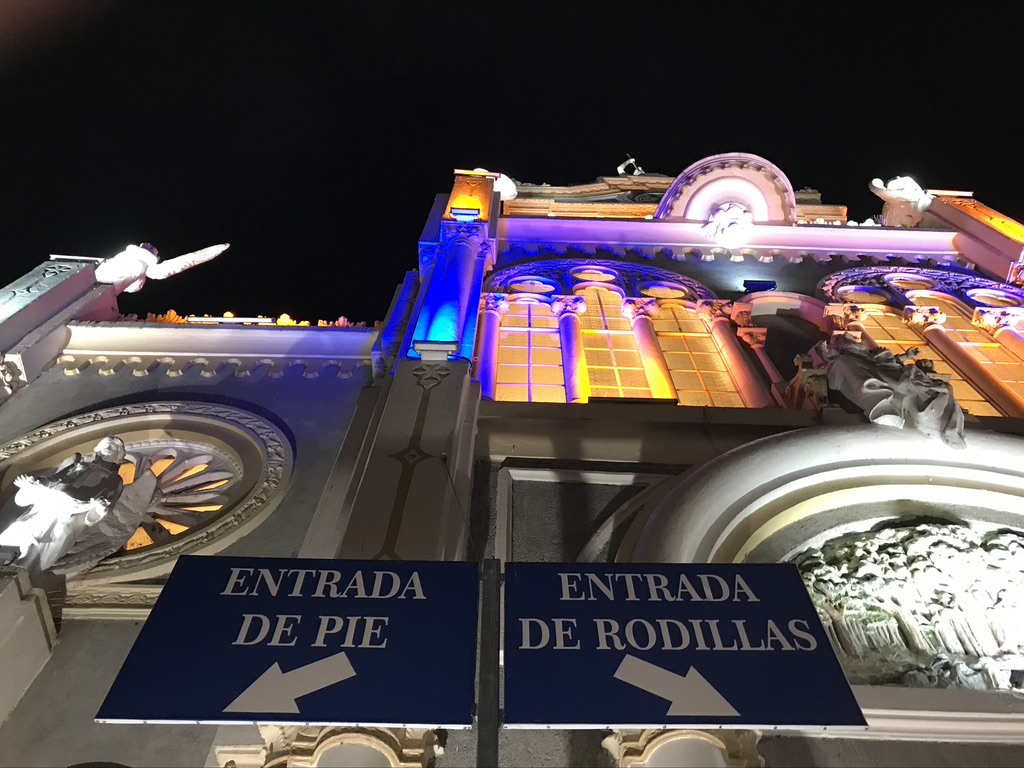
Two people collapse from exhaustion around us as we make our way to the front; they are promptly attended by EMTs. My daughter, so chipper across the miles, is solemn. While I can’t know exactly what she is thinking as she watches romeros coming up the aisle on their knees, I believe it comes close to what I feel as an outsider at this event that’s sacred to so many: I think she’s feeling the weight of their belief in the unknown. In the end, I like to witness the romería because I value the temporary proximity to something I don’t comprehend or share. I cannot respect an institution that does not respect equality—but I can respect the people who dig deep every year to honor something they care about.
Our family sits for just a moment, resting our feet, taking it in.
As always, I watch the faces of the devout.
As always, their faith confounds and moves me.
